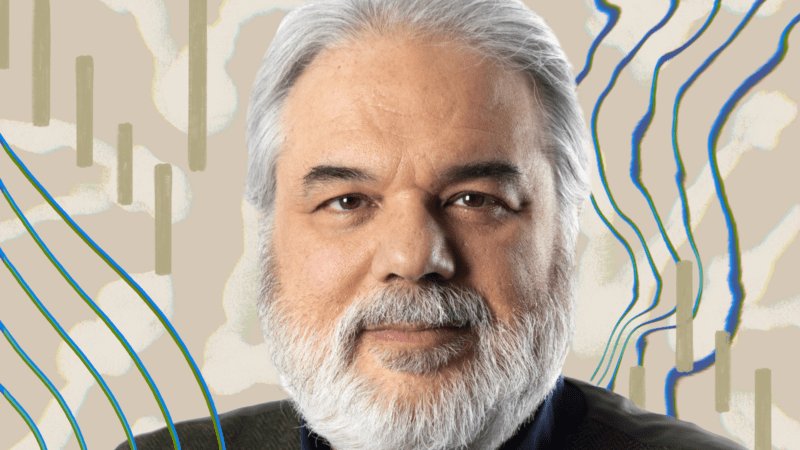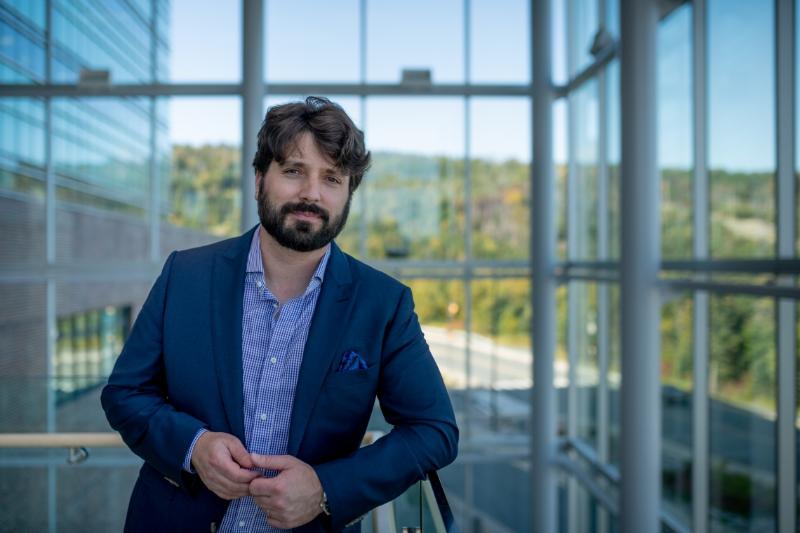Going to university twenty years ago was a rite of passage. Armed with classical piano training, what else would I need to face the musical world? Instead, I was shattered into pieces! Any preconceived notions of music – the words of my teacher – needed to burn down to the ground. José Maceda’s music was instrumental in this decolonial undoing. Using Philippine indigenous instruments and village logics to create avant-gardism ran contrary to Europe’s progressive rejection of tradition.
My encounters with Pagsamba brought the most impact, and yet I have never heard it live! All I have is a recording released by Tzadik Records (2001) and a copy of the unpublished handwritten score. It is a gargantuan sound mural and a liturgical mass, performed only twice with a 1968 premiere and a 2017 restaging. Mounting Pagsamba is fiendishly difficult with 241 musicians, numerous Maguindanaon gongs (gandingan, agung), myriads of bamboo instruments (buzzers, bars with beaters, whistles, clappers, scrapers), and a large circular space.
This spatial exploration brings Iannis Xenakis in mind with Terretektorh (1966) and Nomos Gamma (1968). Maceda and Xenakis have been in correspondence for a time, leading to Xenakis’ Manila visit in 1966. While their similarities with Pagsamba are obvious, Maceda took the discussion into a sociological matter. Filipinos have long adapted the Catholic mass as their own, but Maceda reconstructed it based on rural village thinking. Instead of his original 200+ loudspeaker idea – Xenakis’ Persepolis (1971) comes to mind! – maximum divisions of labour involving a whole village projects an ideal indigenous modernity befitting the Philippine social fabric.
Gongs punctuate nodes across space while droning underneath massive clouds of voices and bamboo. The “Kyrie” introduces this droning as singers and people call for mercy. My favourite section is the “Gloria,” where a jarring onslaught of shouting and whistles interrupts the heavens singing “Glory to God in the highest.” The soundscapes of “Credo” resemble a rainforest amidst spurts of scattered rain showers as the masses declare their faith. After receiving the gift of salvation, dense speaking voices transform into singing in harmonious octaves and fifths with “Sanctus” and “Agnus Dei.”
This is where it hits me the most: Pagsamba is always a look back in space-time. It catapults my imagination now from Canada to the Philippines of 1968, the Philippines of today, and the precolonial times when gongs and bamboo once ruled the land. It is a narrative of nostalgia in more ways than one. Filipinos have a proverb for this: Ang hindi marunong lumingon sa pinanggalingan ay hindi makakarating sa paroroonan.



